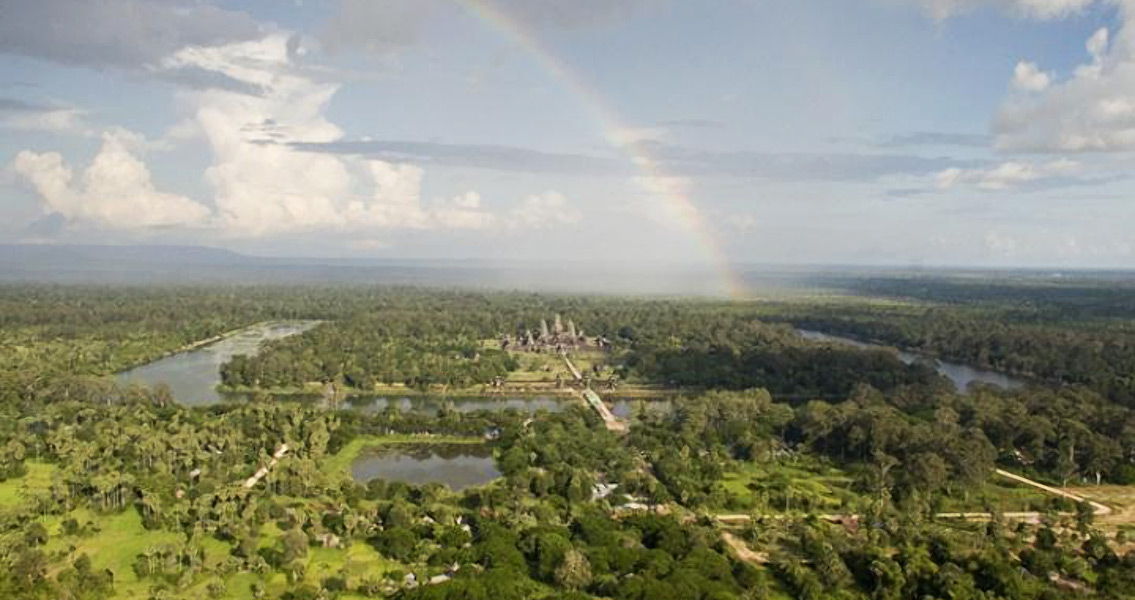<![CDATA[The massive temple complex known as Angkor Wat, located in Cambodia, might be even larger and more complex than previously thought, according to a recently published research study of the religious monument. Using targeted excavation, ground-penetrating radar and airborne light detection and ranging (LiDAR) techniques, researchers with Cambodia’s Greater Angkor Project have discovered that the site was much more expansive than originally thought. Additionally, the number of components that comprised Angkor Wat is now thought to be much higher than previously – including a massive structure making up the southern boundary of the religious site. Professor Roland Fletcher from the University of Sydney’s Department of Archaeology, one of the lead researchers of the project, said in a press release from the university that the discovery of this southern structure is particularly striking. While the function of the structure is completely unknown, its sheer size – 1500 meters by 600 meters – makes it stand out as unique. Professor Fletcher, along with his co-leader Dr. Damian Evans and the rest of the team, also discovered the remains of several “towers” that were purposely built and then torn down while the main temple was being constructed. The researchers posit that these towers might have once been part of a shrine that had been made use of during the initial construction of the permanent temple. Additionally, the regions in close proximity to Angkor Wat might not have been used for sacred temple rites, according to Prof. Fletcher. Instead, researchers have uncovered evidence that the areas nearby the temple complex might have been residential, with a network of mounds, ponds and roads that could have been used by individuals tasked with providing services to the temple. The archaeologist added that such discoveries could turn the traditional ideas of Angkor Wat’s social hierarchy on their head; with the temple precinct being more than just the exclusive preserve of the priest class or the wealthiest individuals, the community surrounding the temple might have been less socially stratified than originally surmised. Other revelations concerning the Angkor Wat site include the discovery of wooden fortifications erected sometime in its more recent history. This could be an indicator that the temple had been converted to a defensive stronghold in order to preserve the safety of its inhabitants and the nearby residents. Dr. Fletcher suggested that these fortifications were one of the last pieces of construction before its abandonment in the seventeenth century, possibly because of the increasing influence of Ayutthaya - a nearby city-state with expansionist ambitions at the time. For more information: www.journals.cambridge.org Image courtesy of Mike Coe]]>
Angkor Wat Larger, More Complex than Previously Thought
